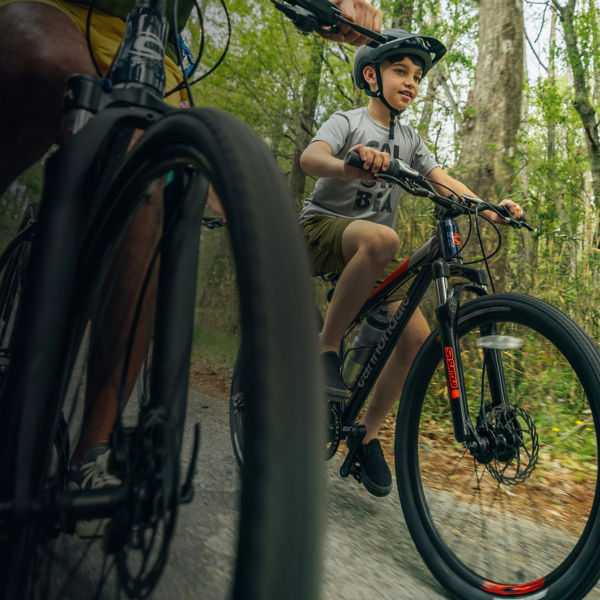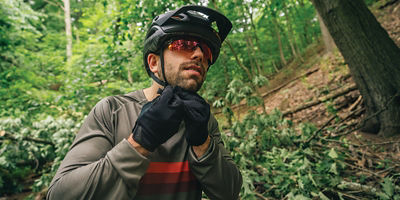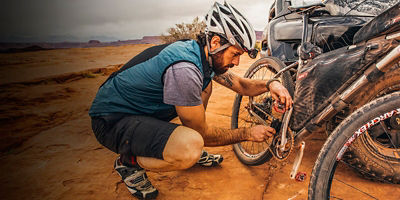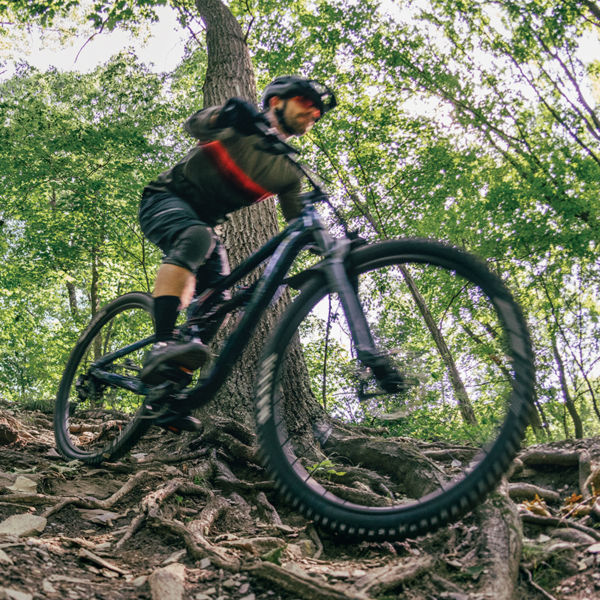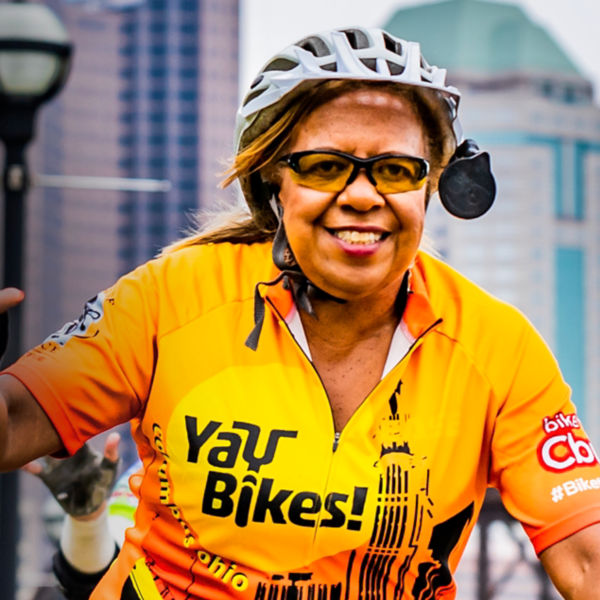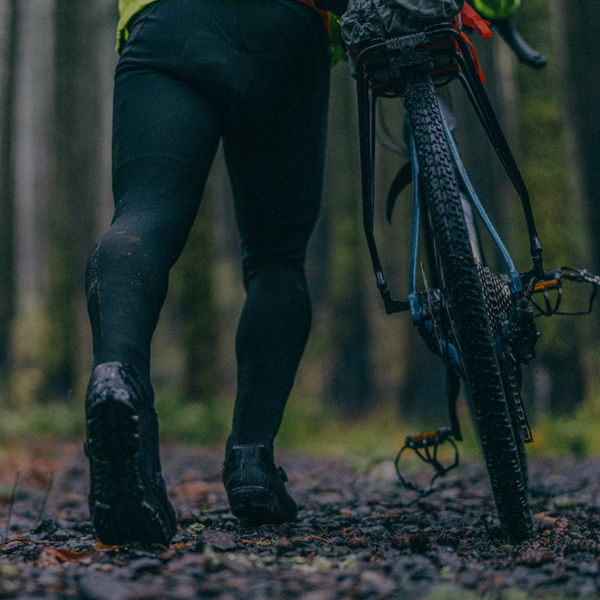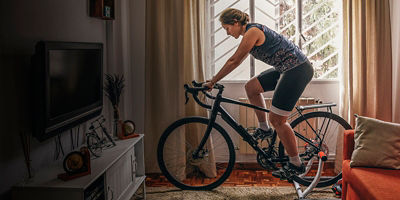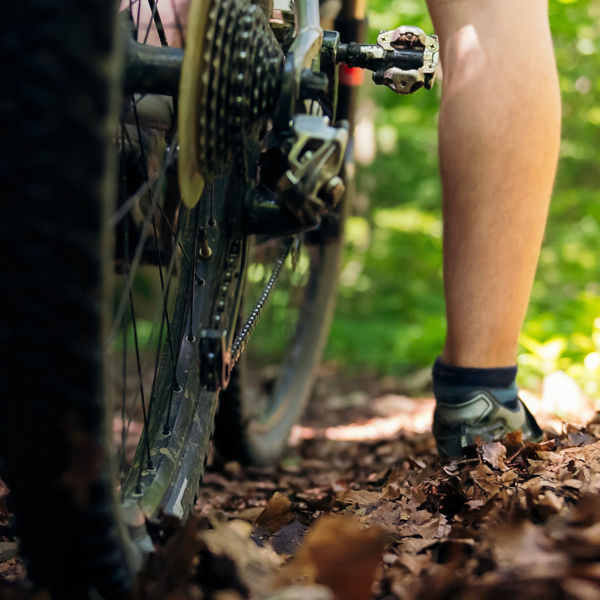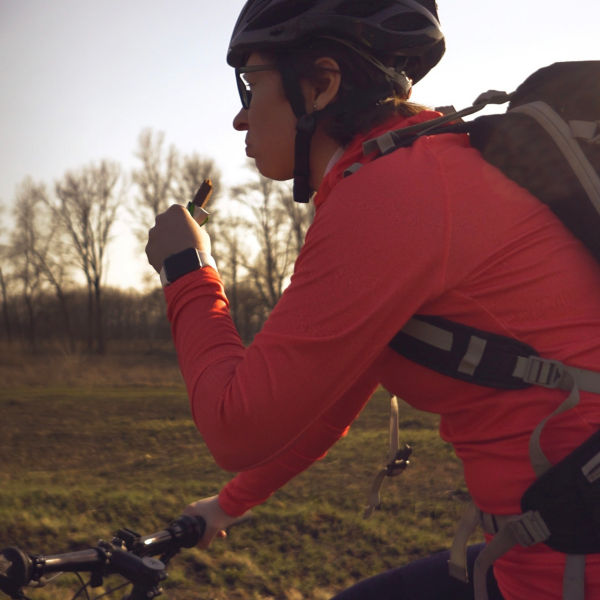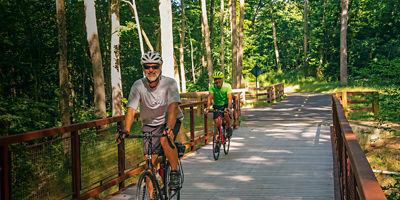
Cardio Training for Cycling
If you’re a cyclist looking to become stronger on your rides, sustaining energy on steeper climbs and longer distances, then you’ll need to address—and improve—your cardiovascular fitness. Training cardio will ultimately make you faster, capable of tackling bigger challenges, and more comfortable while you do it. Getting stronger takes foresight and planning, and not just doing more of the same. Here’s the most effective way to increase cardio endurance and boost your overall riding performance.
Start With a Plan
Having a clear, defined plan and a goal will help keep you consistent. When it comes to cardio training for cycling, consistency is key.
Begin Slow, and Early
If there is an event you have in mind, set it as a goal and start training a few months in advance. Improving your cardio in too short of a window can lead to overtraining and injury. Instead, ease into cardio training with long, slow rides to establish a base. Use that base to build to more difficult training. Create smaller benchmark goals and adjust them, adding distance and time as you become stronger. What you don't want to do is burn out early and dissuade yourself from continuing with the plan.
The flipside to consistency, of course, is listening to your body: When it starts talking to you with news of parts tweaked or hurt, address the issues before they become serious problems. In almost all instances, you should take at least one day off a week and avoid doing your biggest, hardest rides on back-to-back days.
Build a Base
Building a base with long, low-intensity rides will help you become faster, more powerful, and more efficient as you ride. The goal here is not to go as quickly as you can, but rather to ride longer. If you are used to a 45-minute ride, think 1 hour, 15 minutes, or a full 90 minutes. The intention is more time on your saddle, getting your body more used to sustained exertion on the bike.
A consistent heart rate, about 70% of your maximum, is often best for these rides. A quick shorthand to determine your maximum heart rate is 220 beats per minute, minus your age. So, a 25-year-old’s maximum heart rate, likely 195 beats per minute, would ideally shoot for 137 beats per minute on a longer, base-building ride. Measure heart rate with a standalone monitor or a wearable device. Another simple way to approximate this target rate is by riding at a pace where you can talk comfortably.
Stay consistent, aiming for longer rides two times a week, increasing the distance or time when possible.



